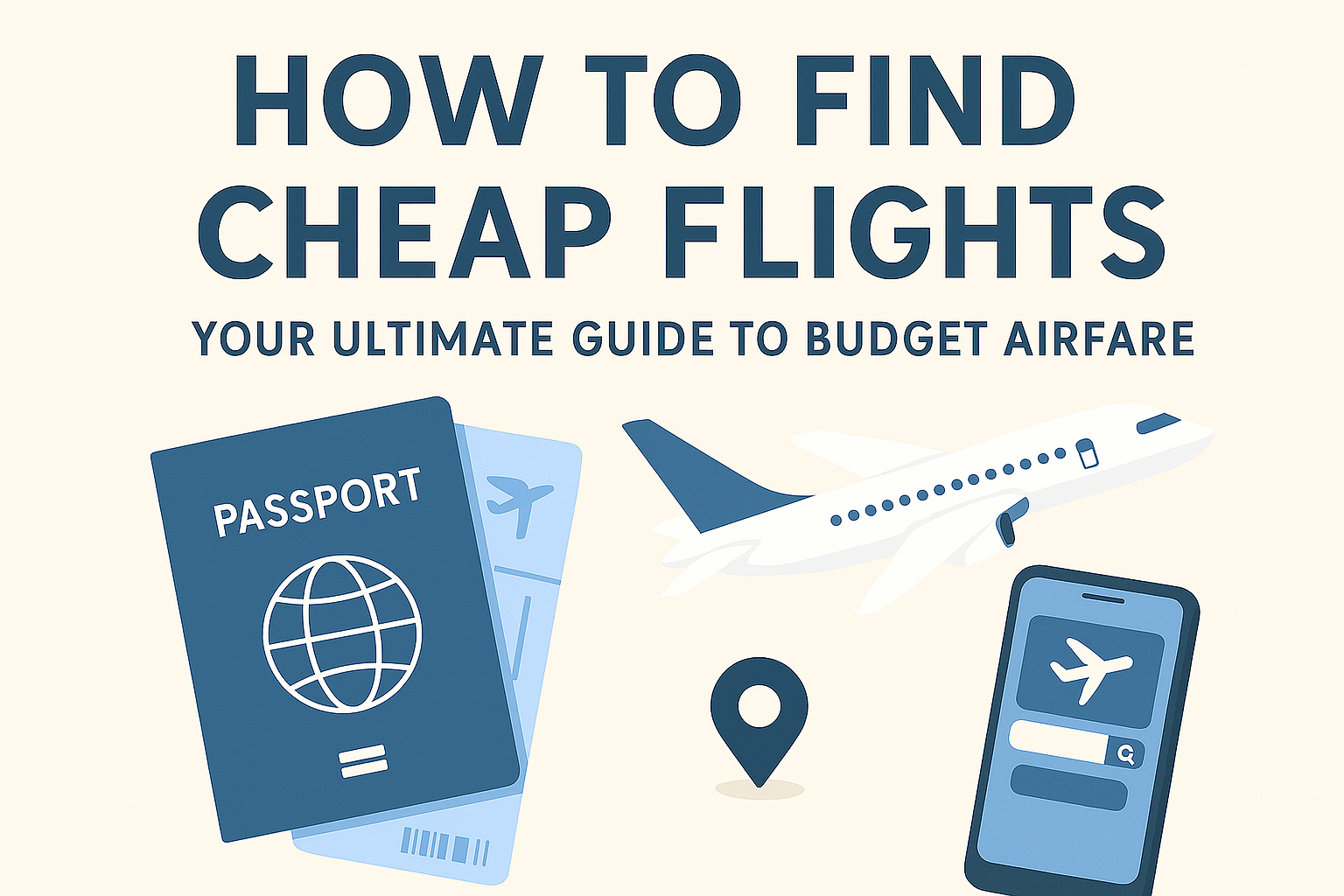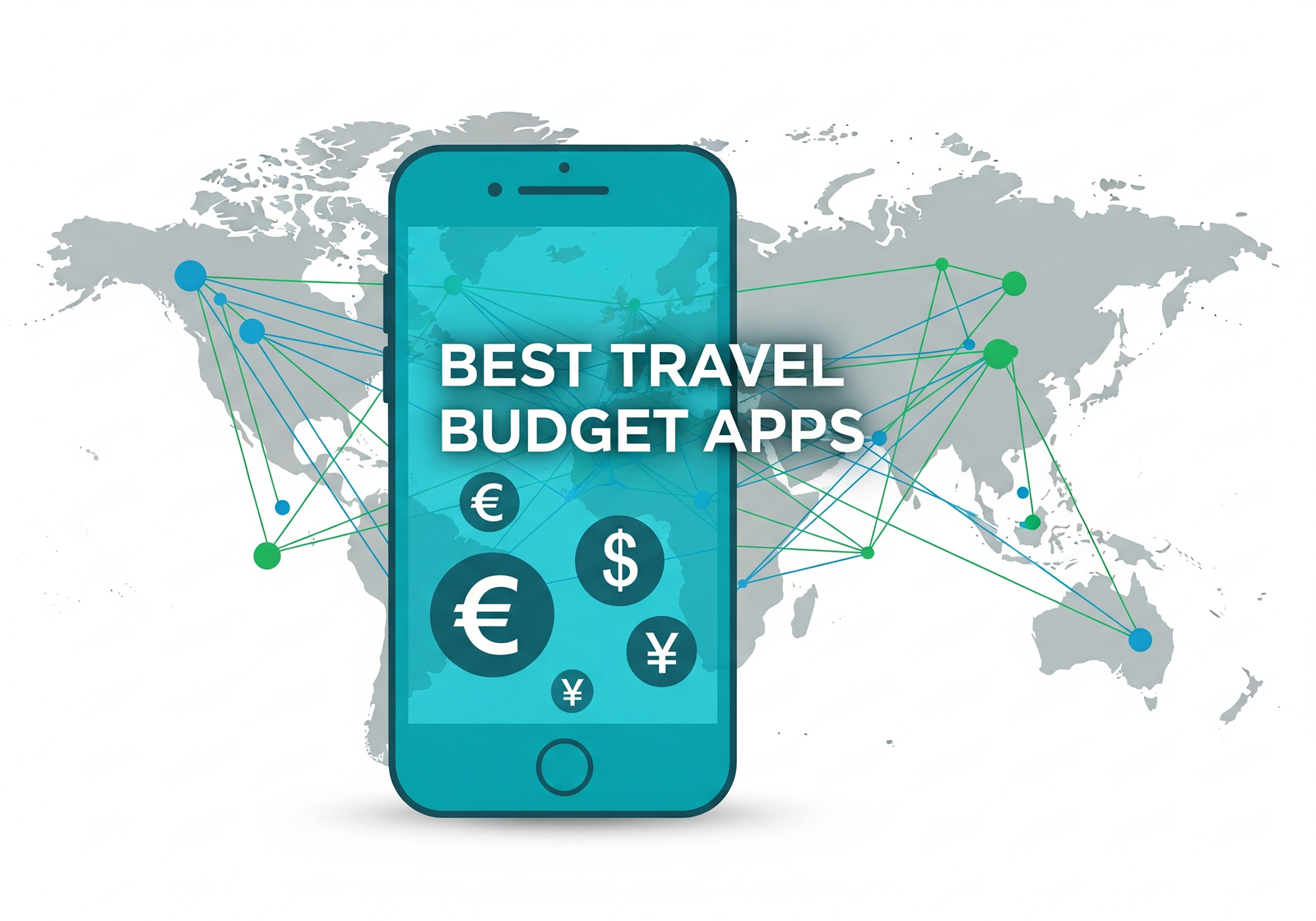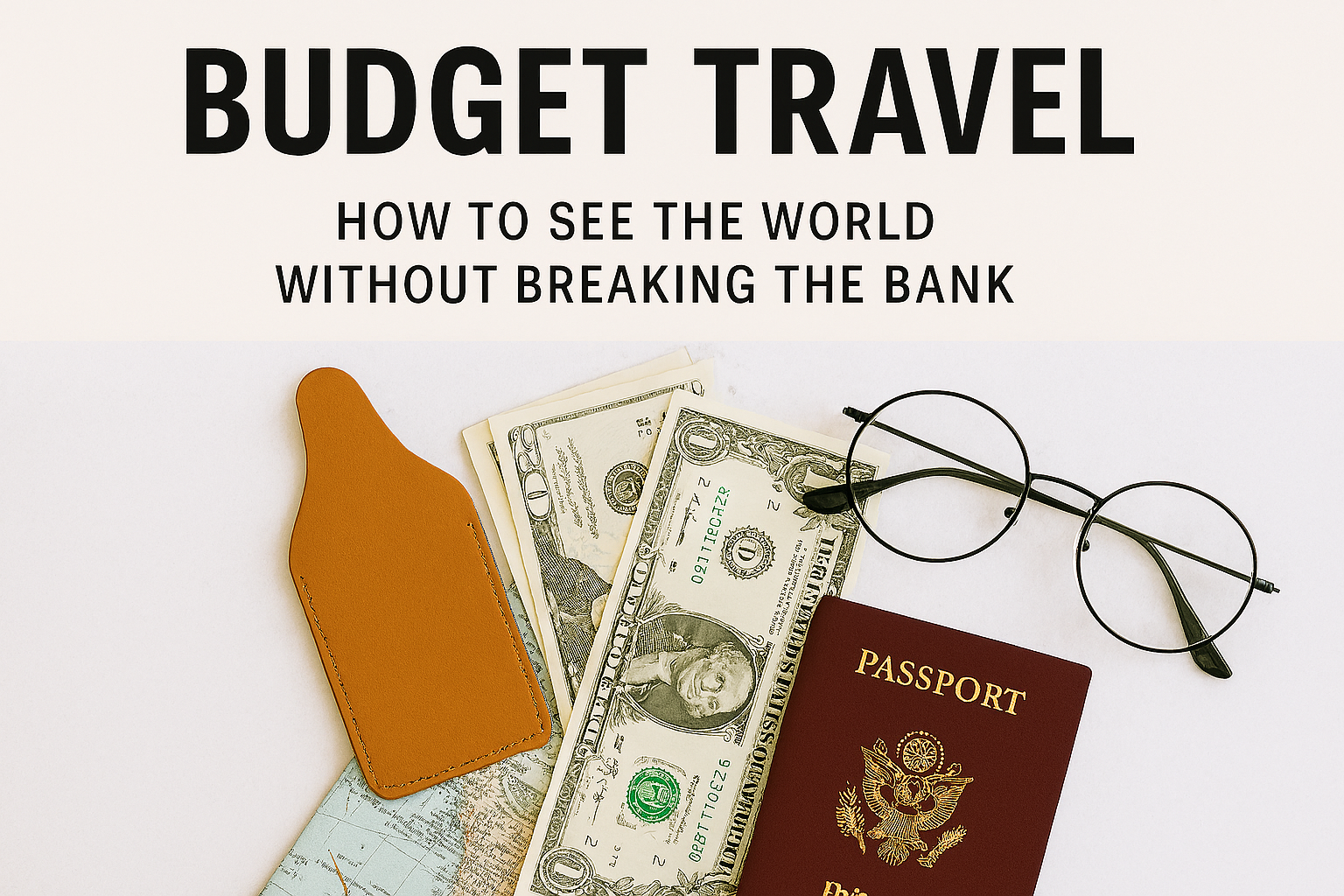If there’s one skill every traveler should master, it’s how to find cheap flights. Airline ticket prices can fluctuate wildly, often without explanation, and knowing how to navigate this chaotic system can be the difference between taking one trip a year or four.
As someone who’s traveled to over 40 countries on a modest income, I’ve spent years testing tools, strategies, and timing to crack the code of budget airfare. In this detailed guide, I’ll walk you through everything I’ve learned, so you can book smarter, travel more, and save big.
1. Use Flight Comparison Sites—But Know How to Use Them Right
The first step in any budget travel plan is comparison. Websites like Google Flights, Skyscanner, Momondo, and Kayak should be your go-to tools. These platforms scan hundreds of airlines and online agencies to bring you the best prices in real-time.
But don’t just type in your departure and destination cities and click “search.” Use filters strategically. Sort by “cheapest month,” “whole month,” or “flexible dates” to see where the savings lie. Skyscanner’s “Everywhere” feature is a personal favorite It helped me find a $289 round-trip ticket from New York to Lisbon when I just needed an affordable escape.
Malik’s Tip: Always search multiple platforms. Some budget airlines (like Southwest or regional carriers) may not appear in every aggregator, so double-check with the airline directly.
2. Use Incognito Mode to Avoid Price Manipulation
Ever noticed a price jump after checking the same flight multiple times? It’s not your imagination. Airlines and booking sites often use cookies to track your searches, nudging prices up to encourage faster bookings.
The solution? Always search for flights in incognito mode (also known as private browsing). Alternatively, clear your cache and cookies between sessions.
My Story: When booking a trip to Tokyo, I noticed the price increase by $47 after two days of comparison. I restarted my search in incognito mode and found the original price still available. That one browser switch saved me enough for a sushi night in Shinjuku.
3. Be Flexible With Your Travel Dates and Times
If you want the absolute cheapest airfare, flexibility is your greatest asset. Flights tend to be more expensive on Fridays and Sundays, while Tuesday and Wednesday departures are usually cheapest. The time of day matters, too—red-eyes and early morning flights often have lower fares.
Instead of planning around fixed vacation dates, try exploring a destination based on when flights are cheapest. Tools like Google Flights’ calendar view allow you to compare fares over entire months.
Example: I once shifted a trip to Peru by just three days and saved $220 on the same route. Plus, flying mid-week meant fewer crowds and a smoother travel experience.
4. Set Fare Alerts and Monitor Trends
Flight prices change constantly—sometimes multiple times a day. To avoid missing out, set price alerts using platforms like Hopper, Skyscanner, or Google Flights. These tools will notify you when the price for your desired route drops, helping you book at the perfect moment.
Malik’s Experience: I was planning a trip to Thailand and had my eye on a flight hovering around $890. I set an alert, and two weeks later, the fare dropped to $637. That simple alert saved me over $250.
5. Book in the Sweet Spot—Not Too Early, Not Too Late
Timing your purchase is crucial. Booking too early or too late can both cost you extra. For most routes:
- Domestic flights: Book 1–3 months in advance
- International flights: Book 2–6 months in advance
Of course, exceptions exist especially around holidays, major events, or peak seasons. But as a rule of thumb, start monitoring early and pounce when you see a drop.
Malik’s strategy: I once booked a flight to Istanbul 8 months in advance, thinking I was being clever. Two months before the trip, the same flight was $120 cheaper. Since then, I let the data and alerts guide my decisions.
6. Consider Nearby Airports for More Options
Many major cities are served by multiple airports, and flying into a secondary airport can often yield significant savings. Even better, pairing a cheaper arrival airport with a train or bus ride can enhance your travel experience.
Malik’s Hack: I once flew into Brussels instead of Paris and saved $175. The 90-minute train ride not only saved money, but also gave me the chance to explore a bonus city along the way.
Use Google Flights’ “Nearby Airports” feature to compare fares across all accessible options.
7. Watch Out for Hidden Fees on Budget Airlines
Budget carriers like Ryanair, Spirit, and EasyJet offer rock-bottom prices but you must read the fine print. Baggage, seat selection, check-in, and even carry-ons can cost extra.
True Story: I snagged a $22 flight from Milan to Athens on a budget airline, but neglected to read the baggage policy. At the gate, I was hit with a $65 fee for a carry-on bag that exceeded their strict dimensions. Lesson learned: Know the rules before you book.
Travel light, bring your own snacks, and print your boarding pass to avoid unnecessary charges.
8. Use Points, Miles, and Travel Credit Cards
Don’t sleep on rewards programs. Whether you fly frequently or just use a good travel credit card for daily expenses, earning points and miles can fund full flights or major discounts.
Malik’s Routine: I use a travel rewards card for groceries, gas, and bills. After a year, I redeemed enough miles to fly round-trip to Costa Rica—paying only $11.20 in taxes.
Many cards offer sign-up bonuses worth hundreds of dollars in free travel. Combine that with frequent flyer programs and you’ve got yourself a powerful budget travel engine.
9. Watch for Mistake Fares and Flash Sales
Mistake fares happen when airlines or booking sites accidentally post the wrong price—often drastically lower than normal. These deals don’t last long and are often pulled within hours.
Follow sites like:
- Secret Flying
- Going (formerly Scott’s Cheap Flights)
- The Flight Deal
Unbelievable Win: Thanks to a mistake fare alert, I once booked a round-trip from Miami to Cape Town for $312. That’s usually a $900+ route!
Be ready to act fast, mistakes fare wait for no one.
10. Mix and Match One-Way Flights
Sometimes, two one-way flights with different airlines can be cheaper than a round-trip ticket. Also consider open-jaw flights (e.g., flying into Rome and out of Barcelona) to save time and money.
Smart Booking: For a trip through Southeast Asia, I flew into Ho Chi Minh City and flew home from Bangkok. It not only saved money but allowed me to travel in a continuous path instead of backtracking.
Use tools like Skyscanner or Kayak’s multi-city option to plan creatively.
Final Thoughts: Cheap Flights Are Out There—If You Know Where to Look
Scoring cheap airfare isn’t about luck; it’s about applying the right strategies consistently. Flexibility, timing, tools, and awareness make a massive difference. I’ve used these techniques for over a decade to see the world without draining my bank account.
With a little practice, you’ll start spotting deals others miss—and you’ll soon realize that budget travel doesn’t mean sacrificing quality, it means traveling smarter.
✈️ Quick Recap of Budget Airfare Tips:
- Use flight comparison tools smartly.
- Always search in incognito mode.
- Be flexible with dates and airports.
- Set up price alerts and act fast.
- Book 1–3 months in advance (domestic), 2–6 months (international).
- Double-check budget airline fees.
- Leverage points, miles, and rewards cards.
- Watch for mistake fares and flash sales.
- Don’t be afraid to mix one-way and multi-city flights.










Leave a Reply